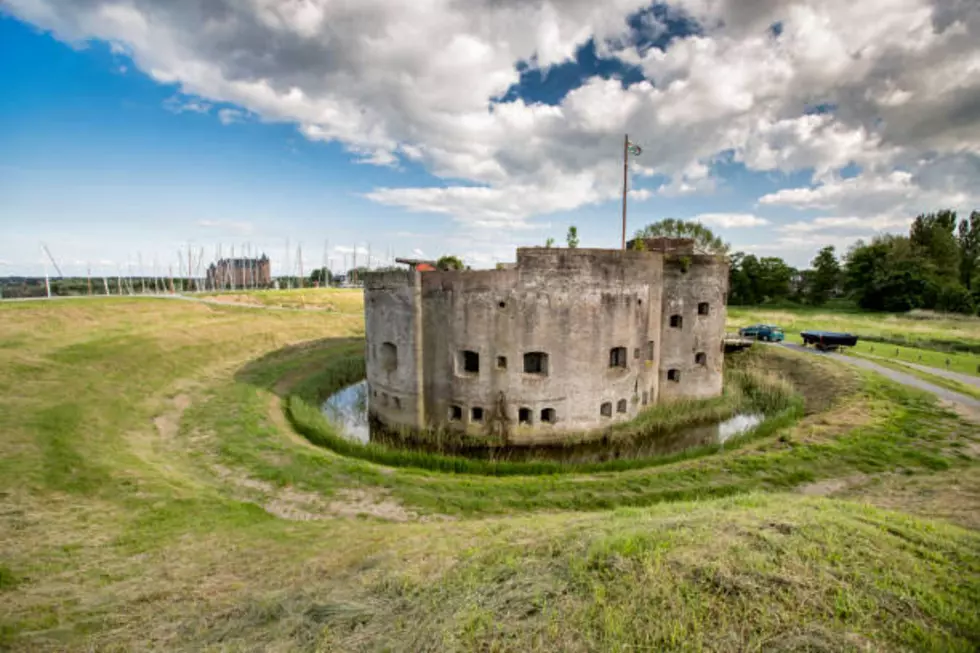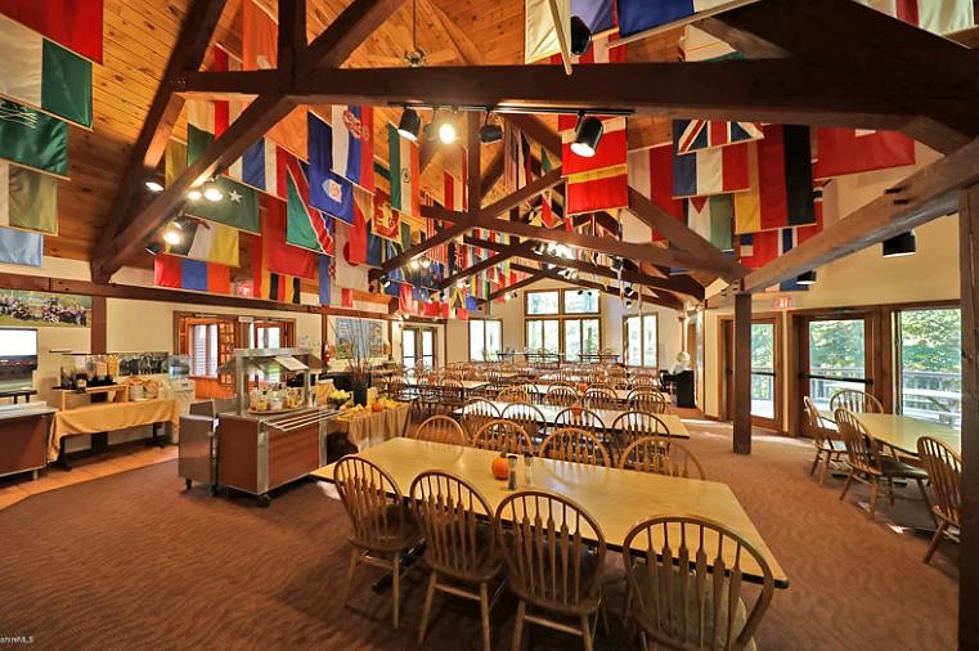
Santa Did What?
We're getting closer away from Christmas. And we hope you know that Eric and we do Random Facts, which we love getting from you too! So here are some random facts about Christmas history.
People argued over wishing you a "Merry Christmas" even 100 years ago. A cartoon from a 1916 copy of the "Chicago Tribune" made the argument that we should wish people a CHEERY Christmas instead of a MERRY Christmas . . . because merriment was associated with drunkenness, noise, and other bad behavior. we went to few different folks to get these random facts for you. Buzzfeed / Time / ET / Smithsonian / History
1. People argued over wishing you a "Merry Christmas" even 100 years ago. A cartoon from a 1916 copy of the "Chicago Tribune" made the argument that we should wish people a CHEERY Christmas instead of a MERRY Christmas . . . because merriment was associated with drunkenness, noise, and other bad behavior.
2. Nobody knows for sure how the traditions of hanging Christmas stockings or drinking eggnog got started.
3. Christmas trees used to be lit up with real candles. It seems insanely dangerous today, but people used to put actual candles on their tree.
4. Oyster stew was a common dish at Christmas dinner. Oysters were plentiful and cheap in the 19th and early 20th centuries . . . so a typical Christmas dinner would usually include some kind of oyster dish.
5. Santa as we know him today might be thanks to a Coca-Cola ad. Santa's red suit can be attributed to a guy named Thomas Nast who worked for "Harper's Weekly" magazine in the late 19th century. Before that, Santa often wore a tan suit.
But it was a series of advertisements from Coca-Cola in the 1930s that really made the image of Santa in a red suit popular.
6. Children would leave shoes out the night before and, in the morning, would find little gifts that St. Nicholas would leave them.
7. Because of its roots in pagan festivals, Christmas was not immediately accepted by the religious. In fact, from 1659 to 1681, it was illegal to celebrate Christmas in Boston. You were fined if you were caught celebrating.
8. One of the reasons we leave milk and cookies for Santa is because Dutch kids would leave food and drink for St. Nicholas on his feast day.
9. And we leave carrots for Santa Claus’ reindeer because, in Norse mythology, people left hay and treats for Odin’s eight-legged horse Sleipnir “in hopes the god would stop by their home during his Yule hunting adventures.” Dutch children adopted this tradition too, and would treats for St. Nick’s horse.
10. Santa Claus delivering presents comes from Holland’s celebration of St. Nicholas’ feast day on December
More From WUPE









